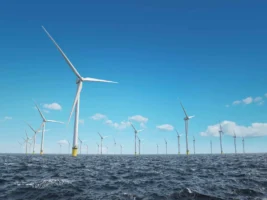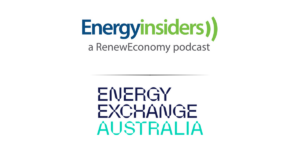Australia may well be leading the world in rooftop solar installations, but it hasn’t yet caught up in large scale solar, ranking No 24 in the world – two spots below its ranking in the recent Winter Olympics medal tally.
New data released by Wiki-Solar, a compiler of large scale installation data across the world, says that Australia still trails 22 other (mostly less sunny) countries, although that could change in the coming year as the pipeline of projects finally comes on line.
In the Winter Olympics, Australia ranked No 23 with two silvers and a bronze. In solar though, Australia should have some natural advantage.
The table above shows the top 15, a list that Australia should be able to crack this year with up to 1,800MW of large scale solar due to come on line by the end of 2018.
“Australia, too has a significant and growing pipeline, and can be expected to rise into the top 15 in the current year,” analyst Philip Wolfe writes.
But it’s not the only country on the move. Canada is for the first time starting to install projects beyond Ontario and he notes that other countries to watch are Turkey and Russia, both of which have implemented tender mechanisms for renewable power.
“Chile, Brazil and Mexico have substantial project pipelines, which should see them continuing to move up the league table”, says Wolfe.
“European countries are expected to continue drifting backwards, though Spain is at last starting to look at installing new unsubsidised projects, and Italy may follow.”
By his calculations, there was 40GW of utility-scale solar installed across the world in 2017, taking the total to 143GW. Almost all of this was solar PV, with just 6GW of solar thermal.
Plans, including projects under construction, or near finalisation, show Australia showing a much more prominent role. The pipeline data collected by SunWiz and RenewEconomy show some 20GW in the pipeline, including early stage projects.
Asia again dominated new installations in 2017, with China and India advancing strongly, north America showing only marginal growth, while Europe declined for the second consecutive year. Progress accelerated in both South America and Africa.












